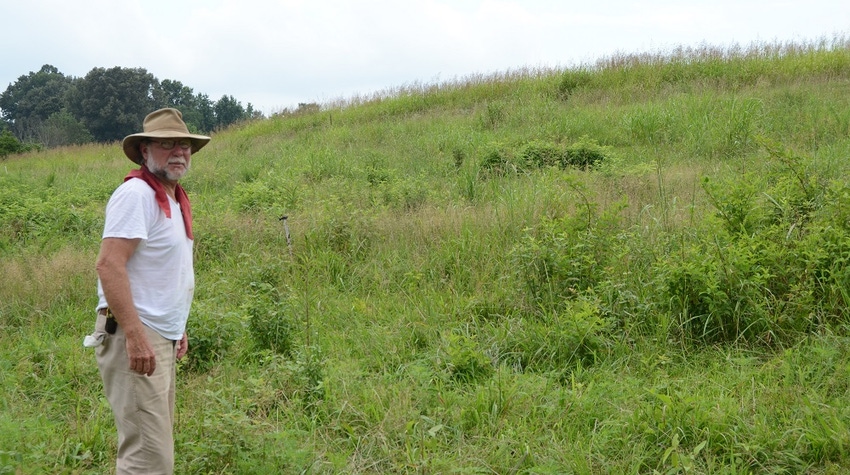
I noticed that beef industry researchers have recently recorded that production cost have increased by $50 per hundredweight since 2006. In less than 10 years this is a $250 increase in producing a 500-pound calf.
Wow. I assume this is accurate, just as I agree that feed and forage cost represent 60% or more of average annual cow cost of ownership in some parts of the country.
From my standpoint, the days that cattle self-harvest perennial forage that we did not plant are money-making days. On the other hand, the days that are the result of purchasing any degree of fertilizer and seed or material handling forage leaves the money behind.
The other afternoon I was bitching about a pinched chainsaw that I had hung in a blown-down tree that I was cutting off a fence. I spent nearly 90 minutes fixing a natural happening and praise Jesus there were not any of my steers or my neighbor's steers out. Truth is, the cattle picked grass to the tune of 800 pounds of dry matter at the same time I was figuring and working out of my screw-up. They made $80 while I was spitting nails over a mess that I created. I love grazing cattle. It’s usually good even when it ain’t perfect.
Profitable grazing management is planning and execution and learning to live within a few natural model rules. Yes, there is likely no end to the little details we need to learn and understand. There might also be no end to soil, plant, animal and human health increasers we will see if we get our heads and hearts in the right position.
Natural Model principles and programs that are profitable are based on limestone based or fed soils that are covered with a vastly diverse forage life that is pulsed grazed (harvested) following complete plant recovery. Management emphasis is on improving soil and high-seral warm-season (C4) perennial plants and grazing the right cattle at the best time possible.
In most environments quality animal health demands quality forage and an improving soil. If we need supplement, then we need to supplement.
I loved Alan Newport’s April blog about mycorrhizal fungi. But here is the “secret” to mycorrhizal development. Manage for C4 high-seral plants in diversity and let them “boom” and then “bust,” then quickly with a high-density herd of cattle. Then allow the tall C4’s to completely recover (boom) and repeat the same process over and over in a chaotic pattern. Lots of good things will happen and your soil mycorrhiza will explode. Water, mineral and energy cycles will move forward at a NASCAR pace. The biological processes in and above ground will make dramatic increases and animal health will improve.
The take-home message is that you won’t grow ground or much mycorrhiza in a sea of cool-season forage. Most importantly your Ag wealth should go up when you manage accordingly and seriously look at the natural Model. You might not think it’s easy, but it is simple. Not only is this true but it is fast, fun and the only lasting profitable grazing management program that works. It is time to make some right decisions.
About the Author(s)
You May Also Like






